 Case Studies Club
Where Strategic Minds Meet
Case Help
Case Studies Club
Where Strategic Minds Meet
Case Help
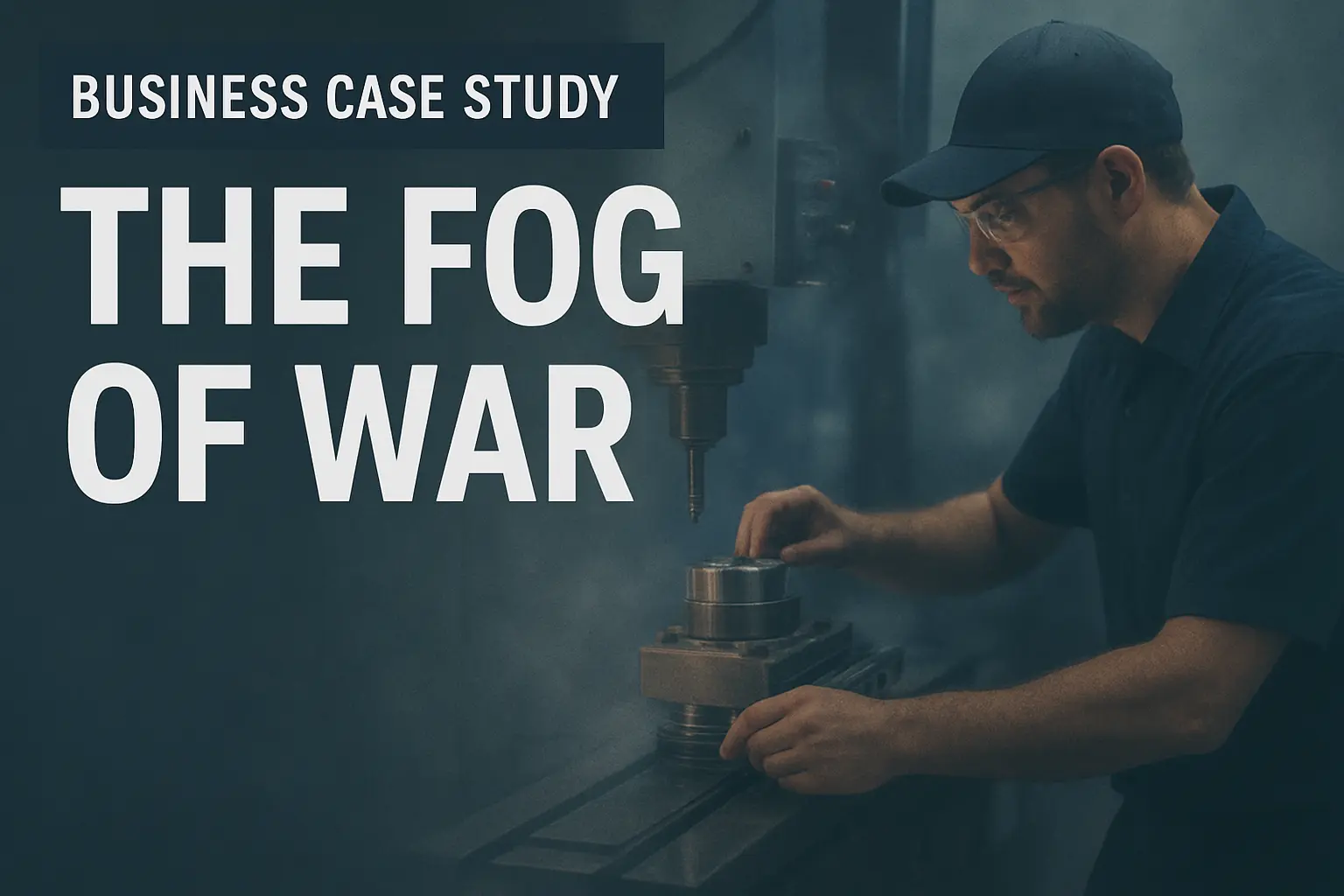
The Fog of War - When Your Dashboard Won't Tell You If You're Winning
When Strategic Clarity Requires Understanding What You Don't Yet Know About Your Position
Precision Components Manufacturing faces a critical challenge that goes beyond typical strategic planning: after three quarters of flat revenue, leadership realizes they possess extensive operational data but lack the external market intelligence needed to determine whether they're in a position requiring aggressive expansion, defensive consolidation, or strategic repositioning. Before the company can make informed strategic decisions, they must first solve the puzzle of which information sources—customer perception research, competitive intelligence, internal analytics, or industry networks—would most effectively reveal their true competitive position and market standing.
Explore the CaseTurn Business Challenges Into Strategic Wins
Browse our Insights Marketplace for frameworks and tools that drive results
Explore Marketplace
Flow State at the Crossroads
Turning Wrenches into Relationships: A Strategic Approach to Local Event Marketing
Pipe Dreamz Plumbing is exploring event marketing as a strategic solution to convert its strong local reputation into a reliable stream of high-value customers. Faced with limited resources, the team evaluates several event formats to balance brand personality, operational demands, and measurable return on investment.
Explore the Case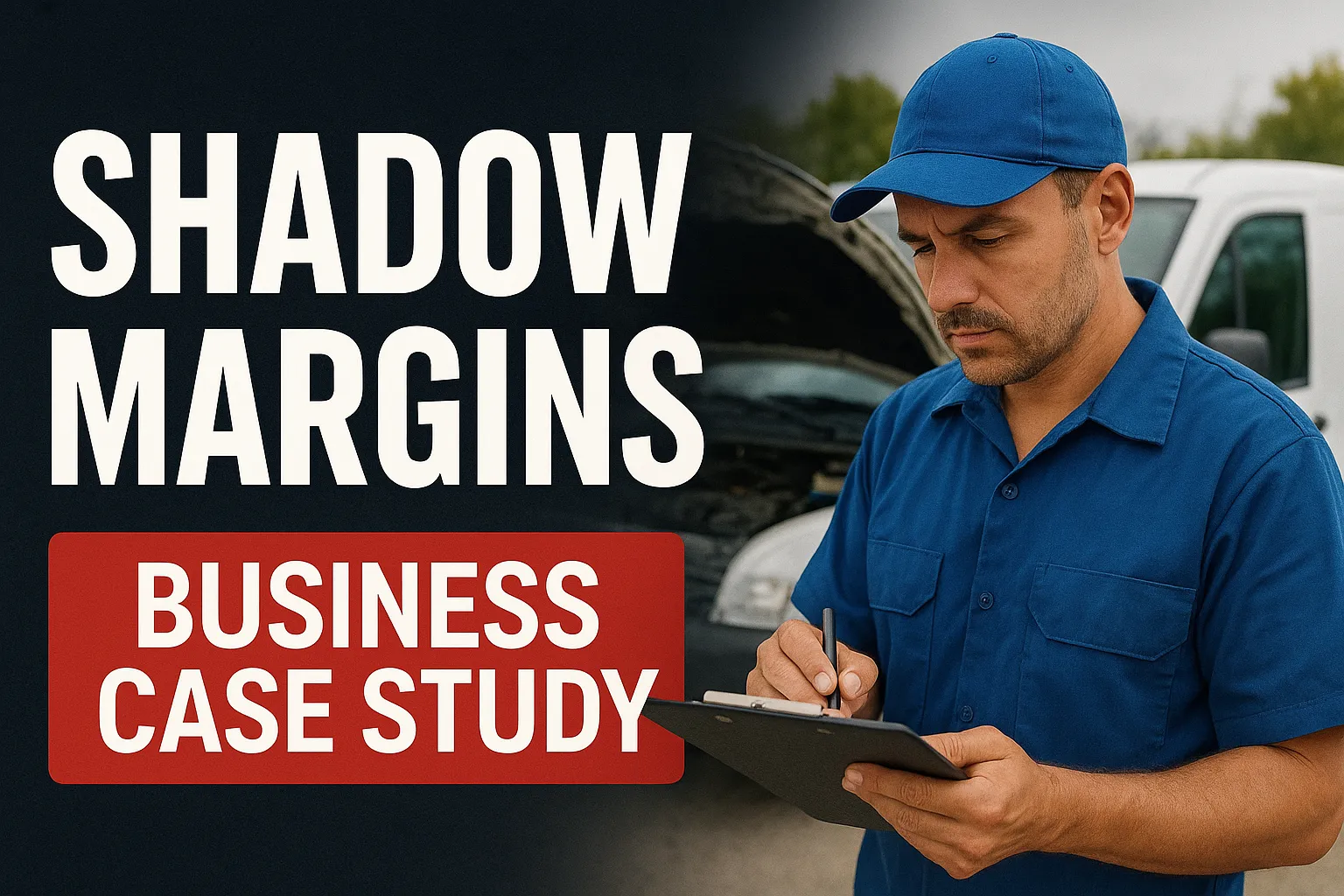
Shadow Margins - Mobile Service Disruption in Automotive Maintenance
Balancing Price, Perception, and Profit in Mobile Auto Service
Roadside Mechanics Inc. faces a pivotal decision in determining the right pricing strategy for its mobile automotive service. The company must navigate operational limits, customer psychology, and competitive positioning to create a sustainable model that builds trust while remaining profitable.
Explore the Case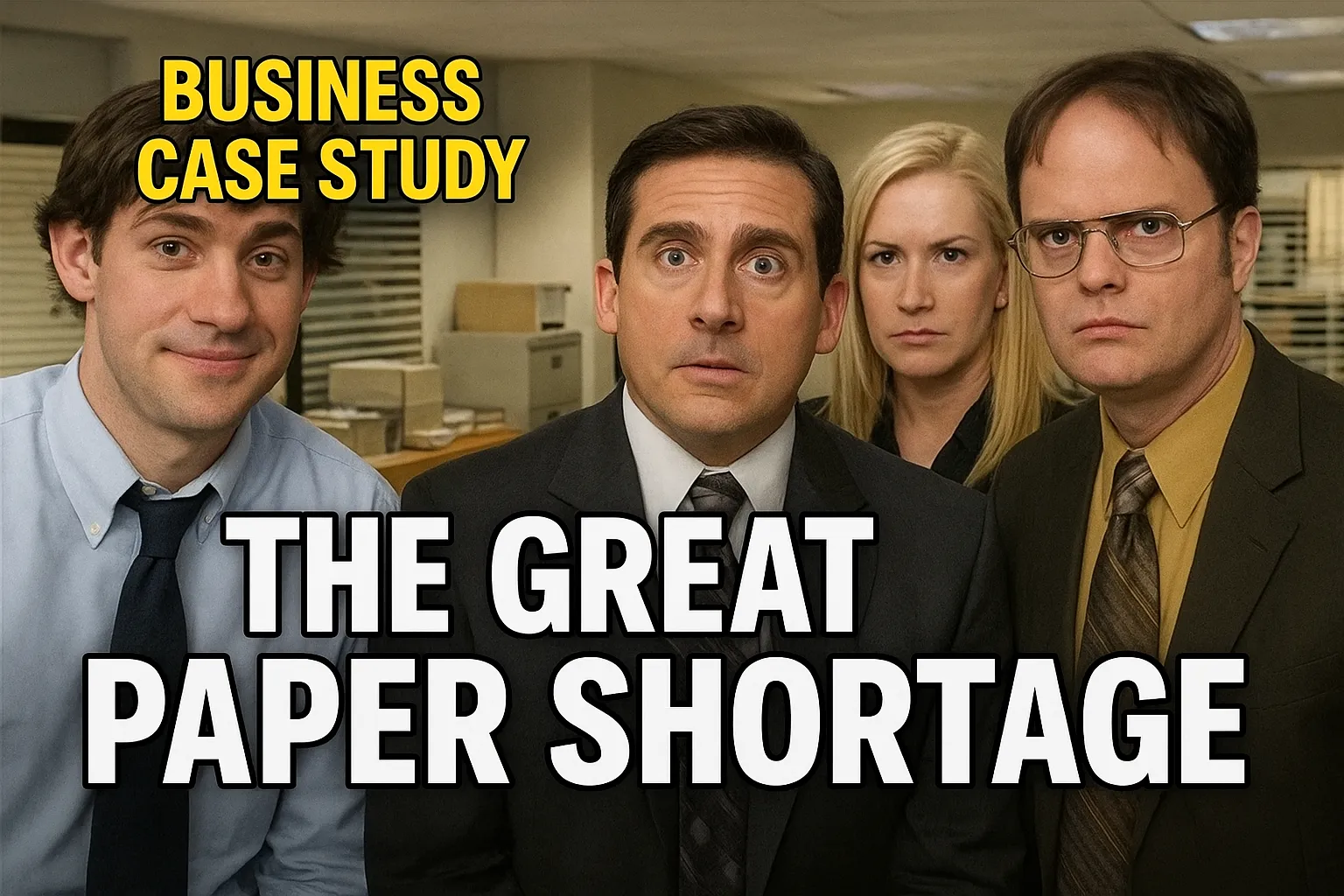
The Great Paper Shortage - Corporate Babysitting Meets Middle Management Genius
When a simple problem becomes a profound testament to organizational dysfunction
The Scranton branch of Dunder Mifflin is navigating a minor paper shortage that has become a full-blown crisis due to management's bizarre approach to problem-solving, with four competing proposals ranging from financially ruinous theatrics to academic lectures. This manufactured emergency highlights a critical need for corporate intervention to prevent the branch's unique brand of chaos from permanently damaging key customer relationships and the company's reputation.
Explore the Case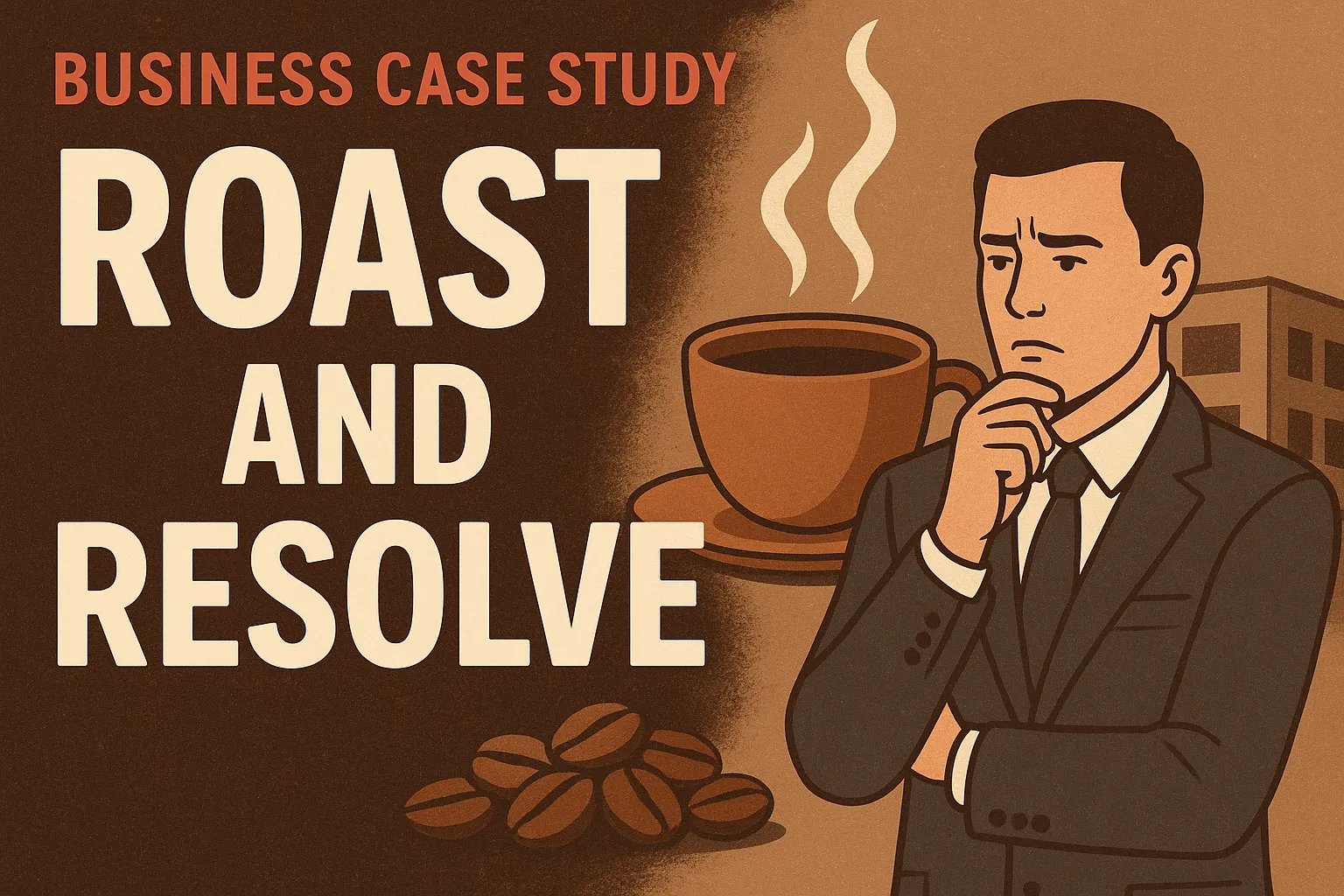
Roast and Resolve
Balancing Innovation and Integrity in a Culture of Side Hustles
Groundswell Coffee Co. must navigate the fallout from a trusted leader's entrepreneurial side venture that blurred ethical and operational boundaries. As the company evaluates policy responses, it confronts deeper questions about culture, trust, and how to support innovation without sacrificing integrity.
Explore the Case
The Gatsby Quandary - A Boutique's Fight for Authenticity and Survival
Navigating Brand Erosion, Takeover Bids, and Operational Crises in High-End Vintage Retail
Vintage Vibe Boutique faces a multi-faceted threat to its unique brand and operations, including imitation competitors, a hostile acquisition offer, a reputation-damaging product issue, and complex new import regulations. The case explores strategic options to preserve its authentic identity and secure its long-term viability amidst these pressures.
Explore the Case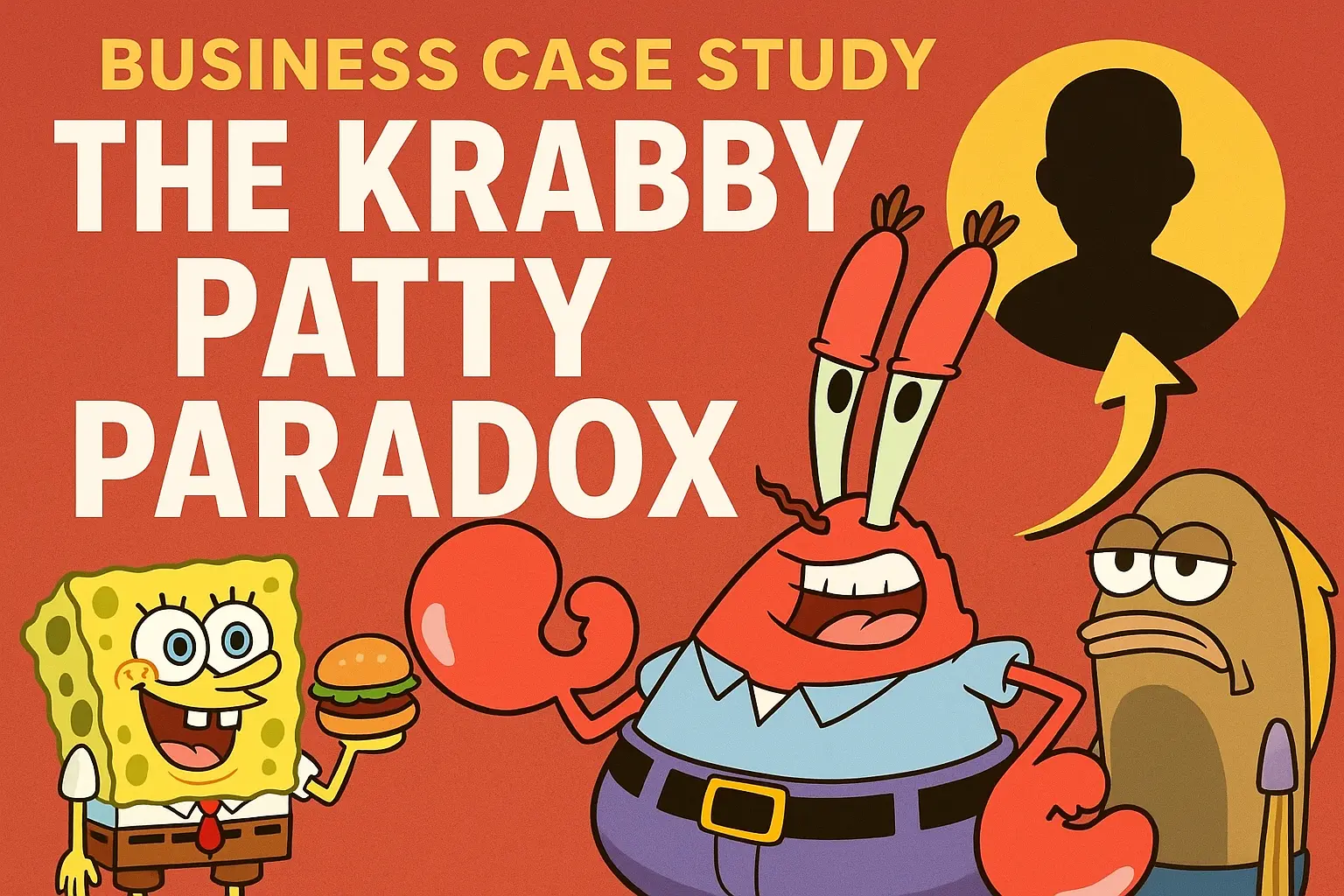
The Krabby Patty Paradox - The Great Employee Investment Gamble
A Strategic Analysis Of Human Capital Investment Versus Attrition Risk
The owner of the highly profitable but vulnerable Krusty Krab must decide whether to risk capital on training his employees, as he faces the dual threats of his star performer being poached and his apathetic cashier driving away customers through poor service. After analyzing four distinct strategic options, the recommendation is to invest in a comprehensive training program to systematize talent and de-risk the operation, thereby ensuring long-term stability and brand integrity over short-term profit maximization.
Explore the Case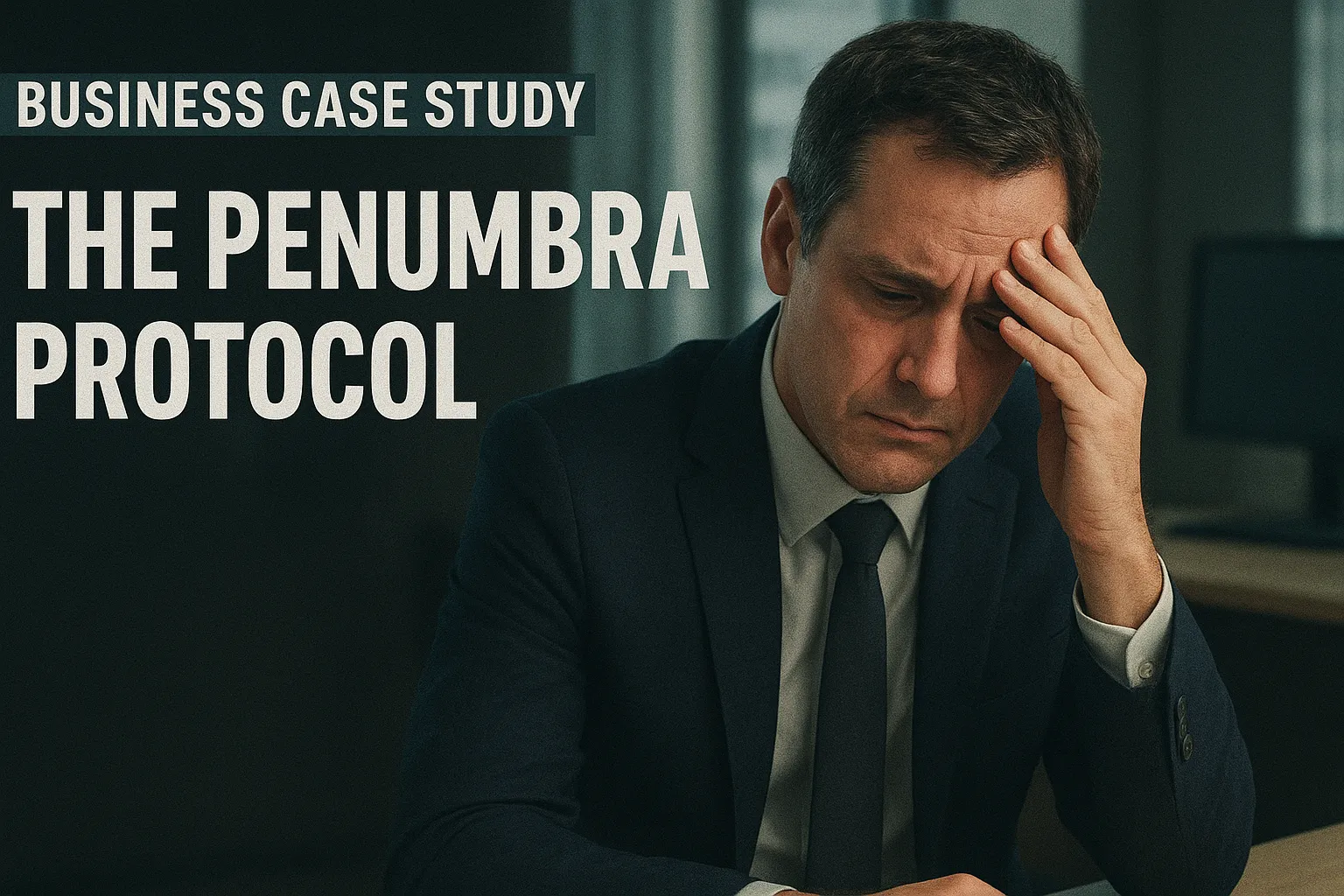
The Penumbra Protocol
Navigating Allegations and Ethical Leadership Amid Fiscal Strain
SynergySpark Innovations faces a critical internal crisis as sexual harassment allegations surface against its Chief Operating Officer during a time of financial constraint and operational vulnerability. The case necessitates a delicate, impartial, and fiscally mindful response to preserve organizational integrity, trust, and legal standing.
Explore the Case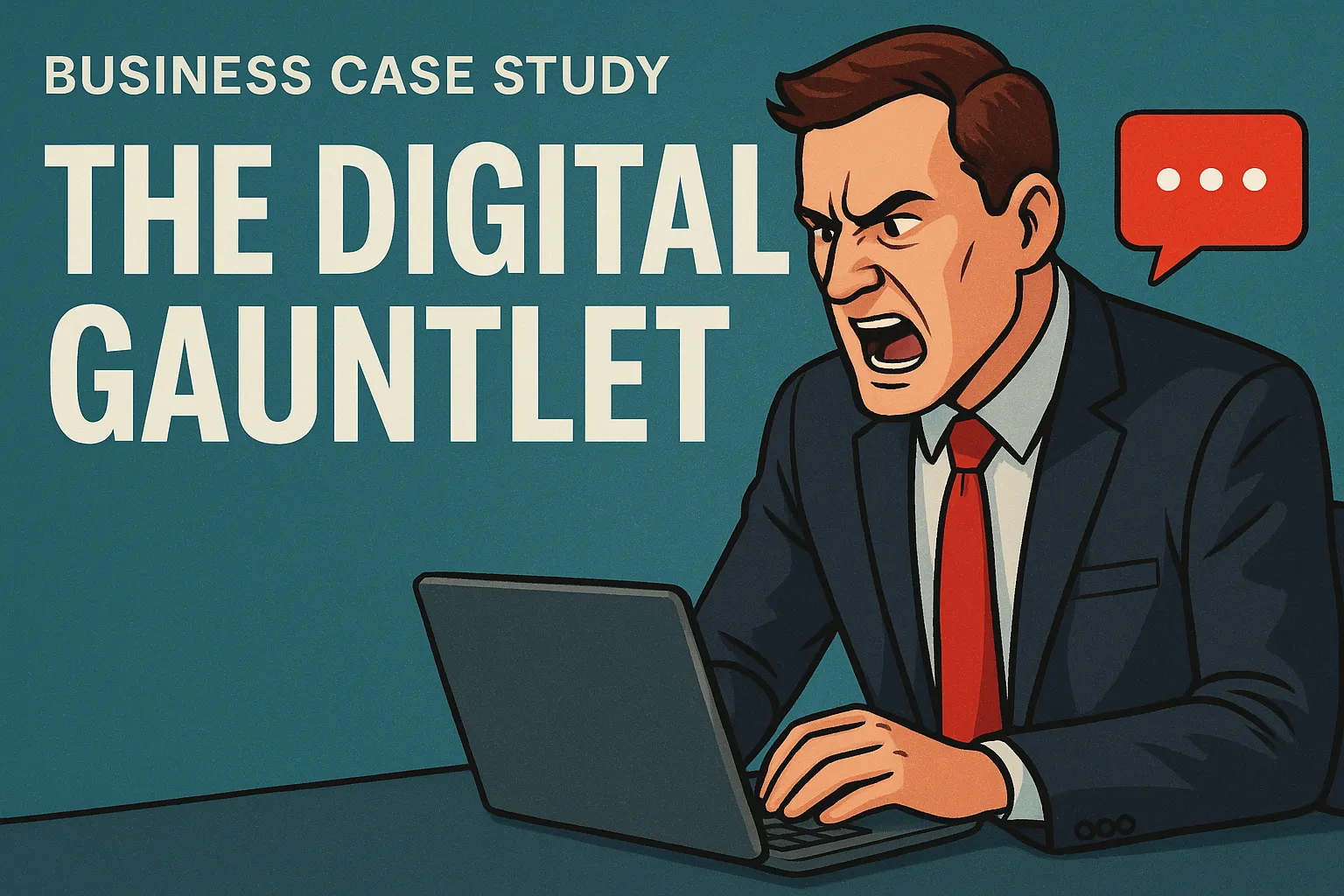
The Digital Gauntlet - Navigating the Shifting Sands of Professional Conduct
Establishing Protocol for Remote Operational Harmony Amidst Evolving Communication Standards and Leadership Challenges
This case dissects the critical challenge of declining professional communication within a remote-first organization, stemming from a key leader's abrasive digital style. It analyzes various strategic interventions to re-establish healthy communication standards and mitigate escalating employee disengagement and attrition, while balancing operational continuity and financial viability.
Explore the Case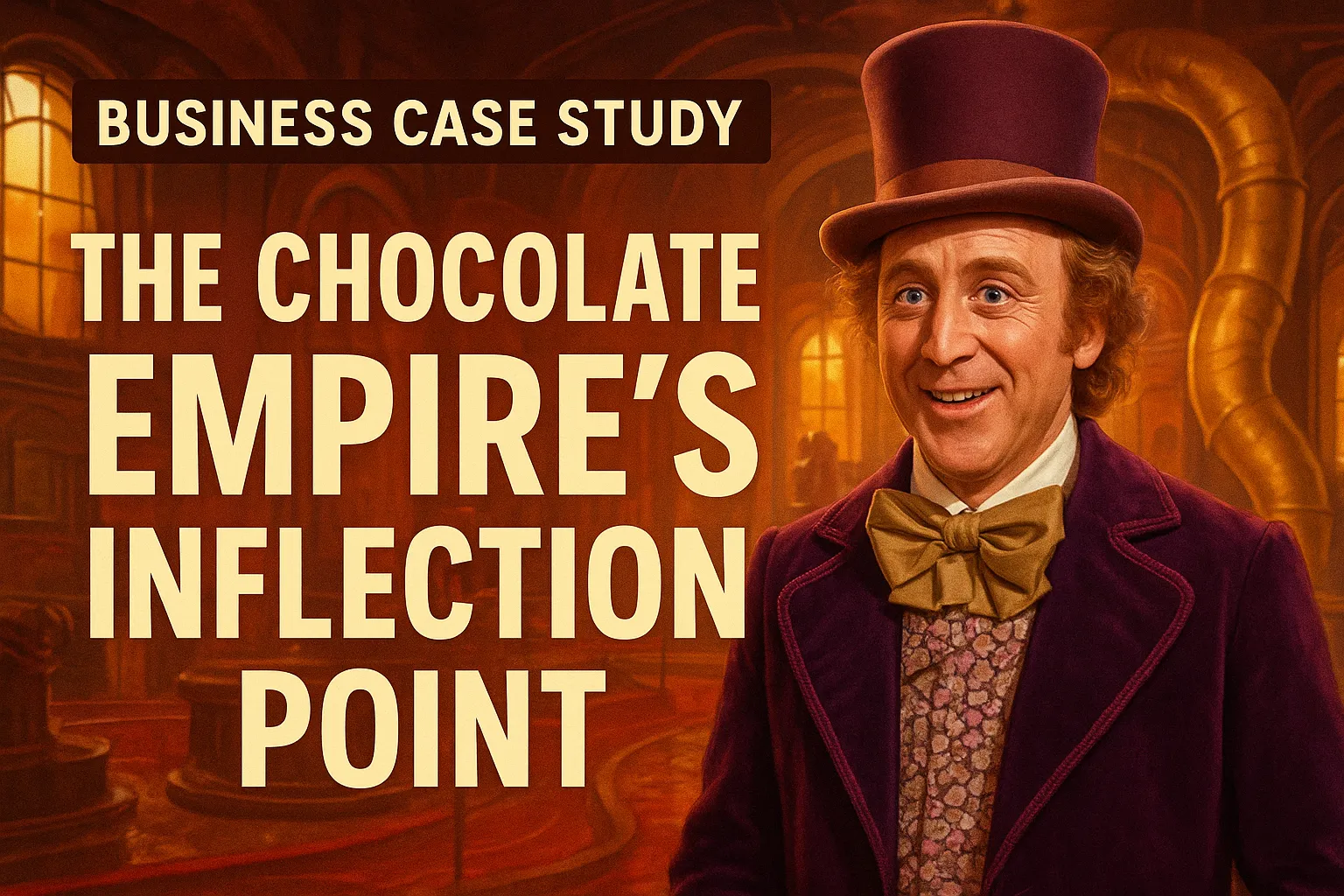
The Chocolate Empire's Inflection Point - Scaling Magic Without Losing Soul
Balancing Operational Excellence Against Cultural Heritage While Managing Explosive Growth
Wonka Industries faces a critical strategic decision following the unprecedented success of its Golden Ticket campaign, which has sustained chocolate sales at 180% above pre-contest levels but overwhelmed the company's artisanal production infrastructure, forcing leadership to choose between automation, innovation investment, geographic expansion, or strategic partnerships. The decision is complicated by a leadership transition from inventive wizardry to operational pragmatism, requiring the new management to balance preserving the company's magical brand essence against building scalable competitive advantages in an increasingly aggressive global marketplace.
Explore the Case